
MADETOORDER Girls' Baro't Saya Floral Set 001 BARONG WAREHOUSE
Born in Abra in 1912 and educated in Manila (fittingly, at De La Salle College) Valera made his name when he revolutionized the traditional baro't saya and turned it into the modern terno. Previously consisting of four separate articles of clothing—blouse, skirt, overskirt, and a long scarf or panuelo, the female national garb was.

Baro't Saya Organza Midi 002 Filipiniana Barong Warehouse PH
Baro't Saya (Blouse and skirt) Unknown designer, Philippines. CFTC #524-528. Gift of Beulah Blackmore. When Blackmore visited the Philippines in 1936 she purchased this dark red baro't saya (blouse and skirt).The baro't saya was largely worn by Filipino women in the eighteenth and nineteenth century and is made out of fine cloth or piña also known as pineapple fibre.
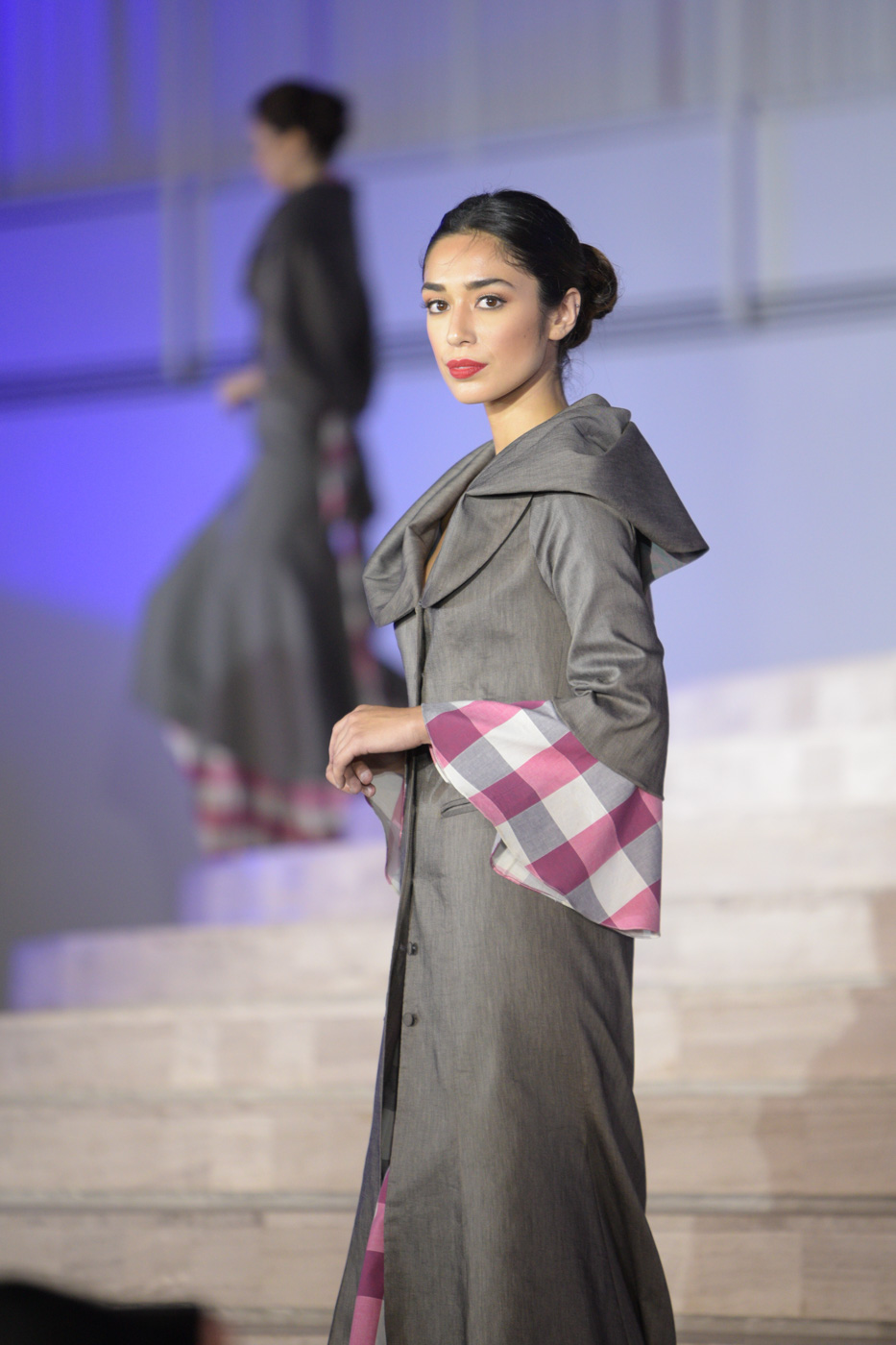
IN PHOTOS The 'modern' baro't saya
Baro't Saya, on the other hand, is a loose ensemble composed of Baro, a fine fabric blouse fitted with butterfly sleeves, and a Saya, an elaborate skirt made of plaid or striped cotton. During the Spanish colonial period, it is the everyday dress of every Filipino woman.

Here's a Look at Today's Modern Baro't Saya
The baro't saya or Maria Clara is one of two of the country's national dresses. The top or baro is normally made of piña fiber and accompanied with a separate skirt known as the saya . Unlike.
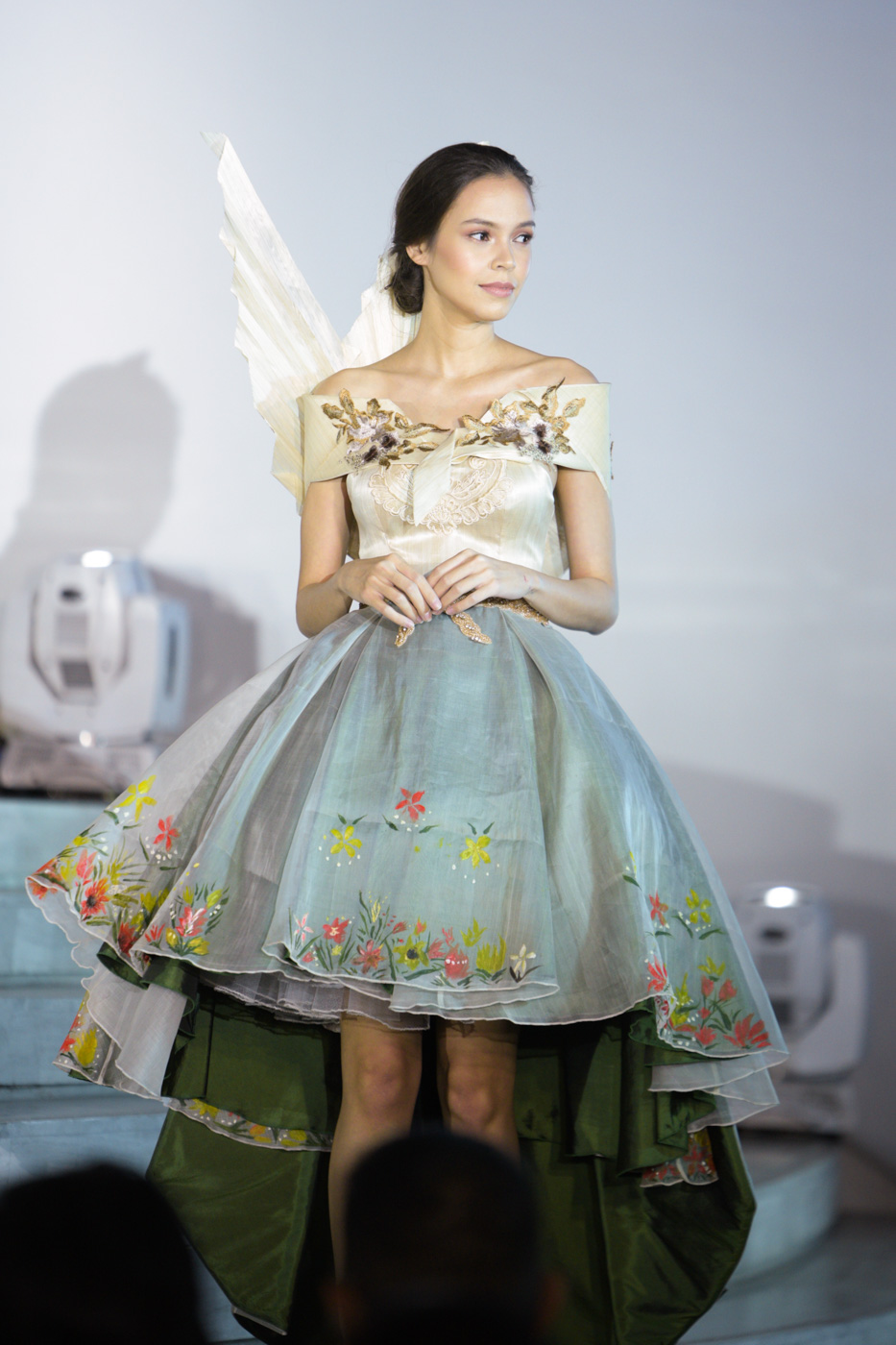
IN PHOTOS The 'modern' baro't saya
Baro't Saya. Baro't Saya. admin 2017-01-18T23:39:26-08:00. The Spanish era brought about Spanish ethics, which influenced Christianized women to wear a skirt called the saya and a blouse called the baro, which was worn throughout the 400 years of colonization. The baro was of butterfly sleeves made consistently of fine fabrics and was said.

Baro’t Saya In Search of Costumes from Many Lands Online
The Baro't Saya consists of four key elements, each with its own purpose and symbolism. First, there's the 'Baro', or blouse, known as 'Camisa'. Traditionally crafted from delicate, sheer material like pina or jusi, it features exquisite embroidery that showcases the craftsmanship of the seamstress. Next comes the 'Saya' - the.

Baro’t saya is the unofficial national dress of the Philippines and is
The Baro't Saya in the 20th Century As Filipino women gained liberation and embraced modern fashion trends, the Baro't Saya transformed once more. The contemporary version features a more streamlined silhouette, offering greater flexibility, comfort, and versatility in styling.

WS04 Baro't Saya Mestiza Painting Filipiniana Filipiniana dress
The Baro't Saya is a traditional Filipino garment that holds both historical significance and cultural symbolism. As an iconic piece of Filipino fashion, it represents the intersection of artistry, fashion, and function. The art of quilting, a technique that requires meticulous craftsmanship, adds another layer of beauty and uniqueness to the.
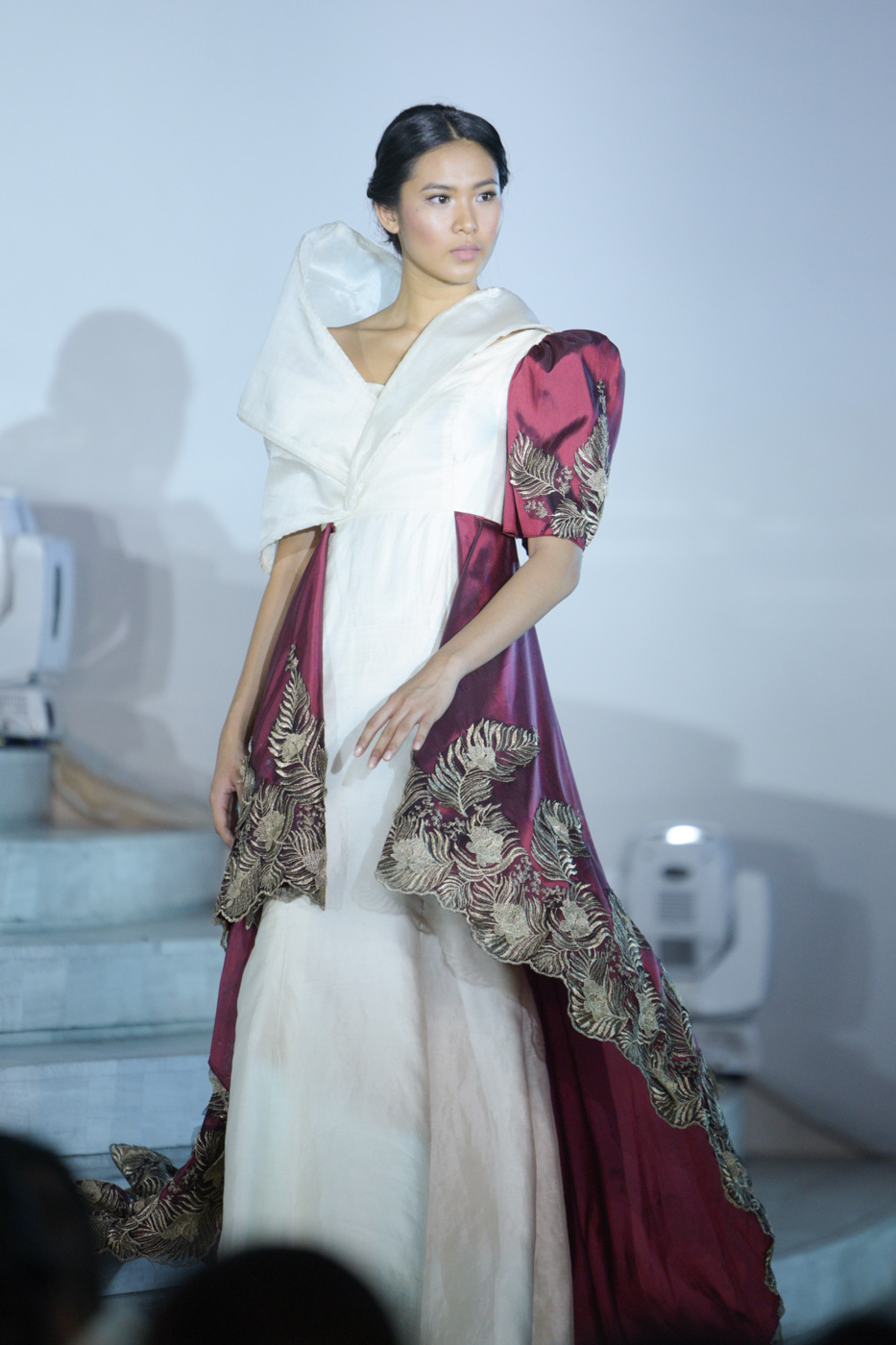
IN PHOTOS The 'modern' baro't saya
Welcome back to my vlog, where we continue our Filipiniana Series by delving into one of our national costumes, the Baro't Saya, also known as Traje De Mesti.
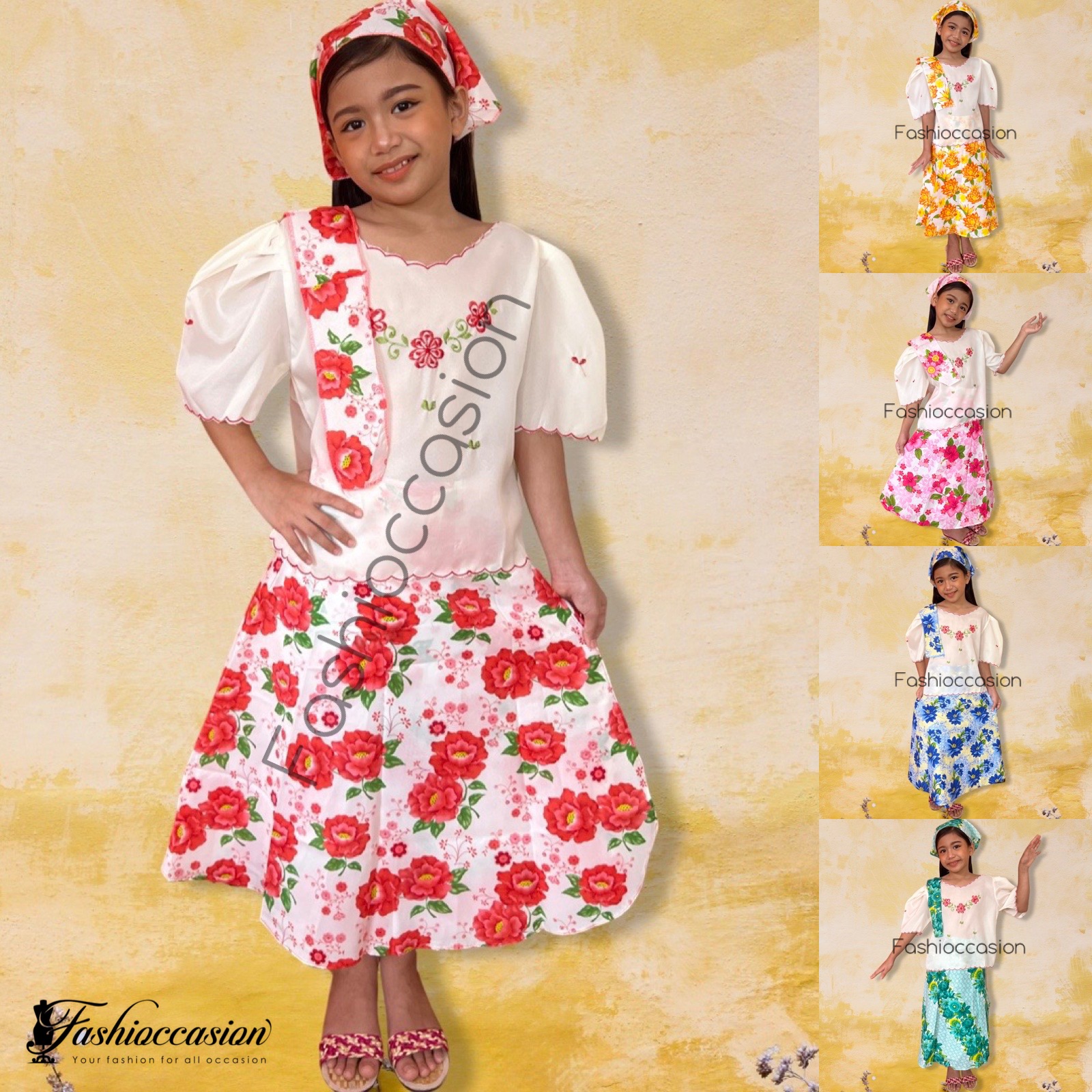
Baro’t Saya or Kimona’t Patadyong for Buwan ng Wika Costume for KIDS
The baro't saya is made of four parts. The Baro is a blouse made of lightweight material. The Saya is a skirt that falls anywhere below the knee or to the feet. The Panuelo or Alampay is a scarf draped on the shoulders, often secured by a brooch. The Tapiz is a short overskirt placed on top of the Saya. Through the decades and major events of.
Filipina ladies wearing the traditional Baro't Saya in a studio
A tiny history and explanation of making a baro't sayaBooks I referenced:Fashionable FilipinasPatterns for the Filipino DressBaro: Philippine Fabric and Fash.

voidnewtella on Tumblr
Balik Saya, a competition to redesign the baro't saya with today's fashion sensibilities in mind, aims to reinvigorate interest in the Philippines' national dress. Balik Saya is a project of the Department of Tourism and the Intramuros Administration, with the support of Manila's 5th District Representative, Cristal Bagatsing.

Baro't saya ( one of Philippines' traditional clothing ). Fashion
The national costume of the Philippines, the baro't saya, is an elegant hybrid of Filipino and Spanish clothing styles. The term itself comes from the Tagalog words "baro at saya" or "blouse and skirt," still the basic components of the ensemble. Made of pineapple cloth, the indigenous textile of the Philippine Islands, the silhouette of the.

Baro't saya Filipino fashion, Filipino clothing, Filipiniana dress
Baro't saya. La Bulaqueña, an 1895 painting by Juan Luna of an upper class woman from Bulacan wearing a traje de mestiza. The painting is sometimes referred to as the " María Clara " due to the woman's dress. The baro't saya or baro at saya (literally "blouse and skirt") is a traditional dress ensemble worn by women in the Philippines.

IN PHOTOS The 'modern' baro't saya
The baro't saya might strike us today as traces of the past. While they might have been considered everyday wear a century ago, today, they are regarded as "costumes" and worn only on special occasions. This women's clothing consisting of a blouse and a skirt may signify formality and dignity. The type, quality/craftmanship of the.

WS07 MADETOORDER Baro't Saya with ThreeLayer Alampay Filipini
And so, the baro't saya. became the traditional dress. It was composed of a blouse with butterfly sleeves or the baro; a long, elaborate skirt made of cotton, the saya; a shawl-like piece called the pañuelo; and the overskirt or tapis. — somehow inspired by the outfit of the Virgin Mary. The Maria Clara brought an already elaborate baro.